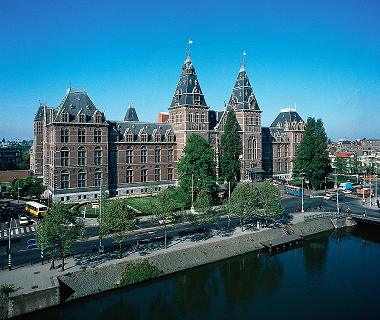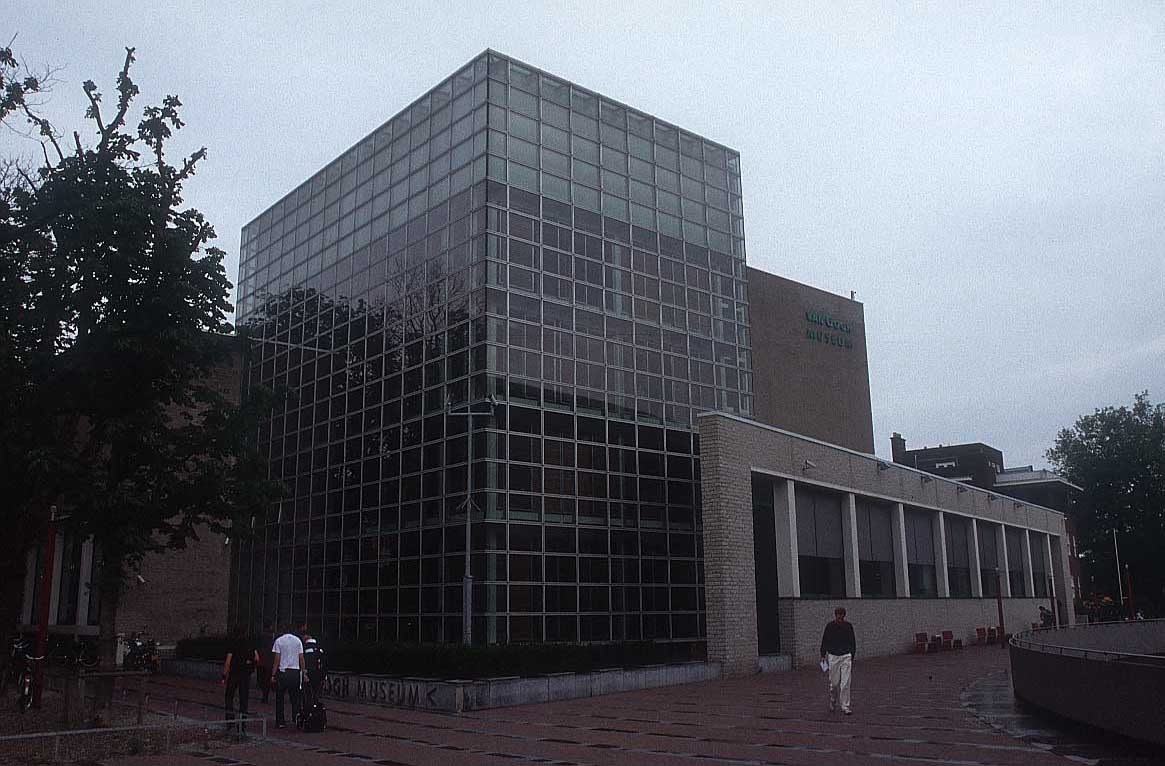
My dream holiday destination would be Amsterdam in the Netherlands. Amsterdam is the capital and largest city in the Netherlands. Being one of the most important ports in the world during the Dutch Golden Age, it has held its reputation for being the light of the city with its bustling daily activities.
Upon stumbling on an informative website on places to visit in Amsterdam, I have familiarized myself with the hot spots and activities to do there. Ranging from its world famous canals that occupy a quarter of its land space, essentially dubbed its essence of wealth, to its world-famous museums and historic sights like the Rijksmuseum and the Oude Kerk.
Rijksmuseum Amsterdam
The Rijksmuseum is the largest museum in the Netherlands, with more than a million visitors each year. The Rijksmuseum is a familiar Amsterdam landmark and possesses an unrivaled collection of Dutch art, from early religious works to the masterpieces of the Golden Age. The Rijksmuseum is internationally renowned for its exhibitions and publications and not only are these high quality products, but are also areas in which the museum extends the boundaries of scholarship and encourages new insights.
Van Gogh Museum Amsterdam
The museum houses some 200 paintings and 550 sketches showing Van Gogh in all his moods. These combined with hundreds of letters by Van Gogh to Theo, and selected works by his friends and contemporaries, form the core of the museum's collection.
Oude Kerk
The origins of the Oude Kerk (Old Church) date from early 13th century, when a wooden church was built on a sandy burial ground. The present Gothic structure is 14th-century and it has grown from a single-aisled church into a basilica.
Dam Square
Created in the 13th century when a dam was built around the river Amstel to prevent the Zuiderzee sea from swarming the city. During the sixties, the square was renowned for its Dam Square hippies, and the laid back and relaxed character of this densely pigeon populated square lives on.
It would be a pleasure to meet the people of Amsterdam, a whole new perspective of living instilled in a laid-back society and a chance to get away from the hustle of everyday life in Singapore. For more useful information on Amsterdam, you can visit 'http://www.amsterdam.info/'.






























